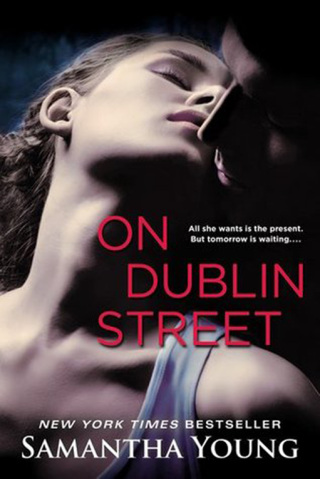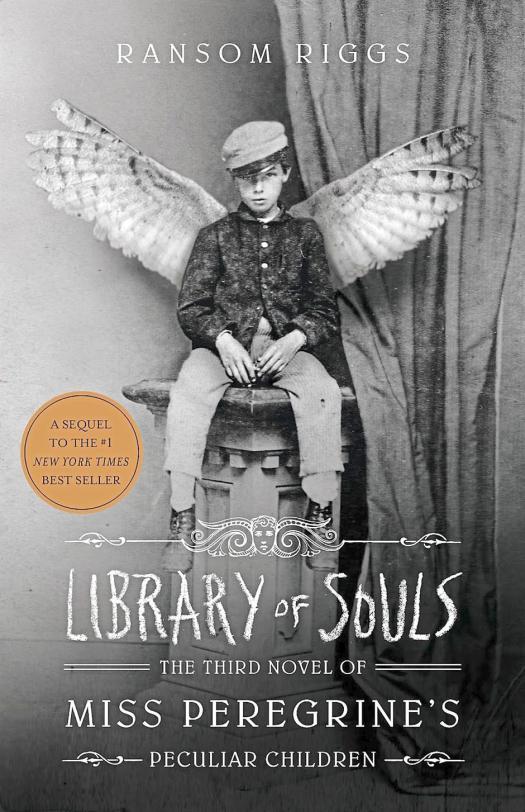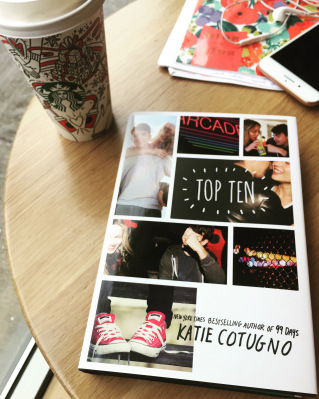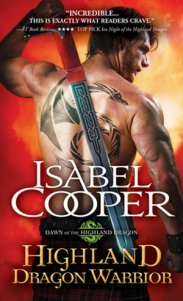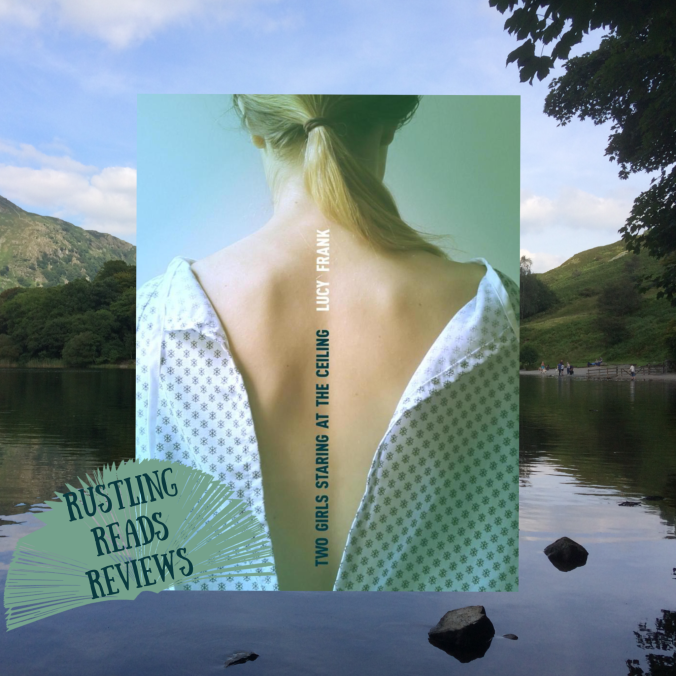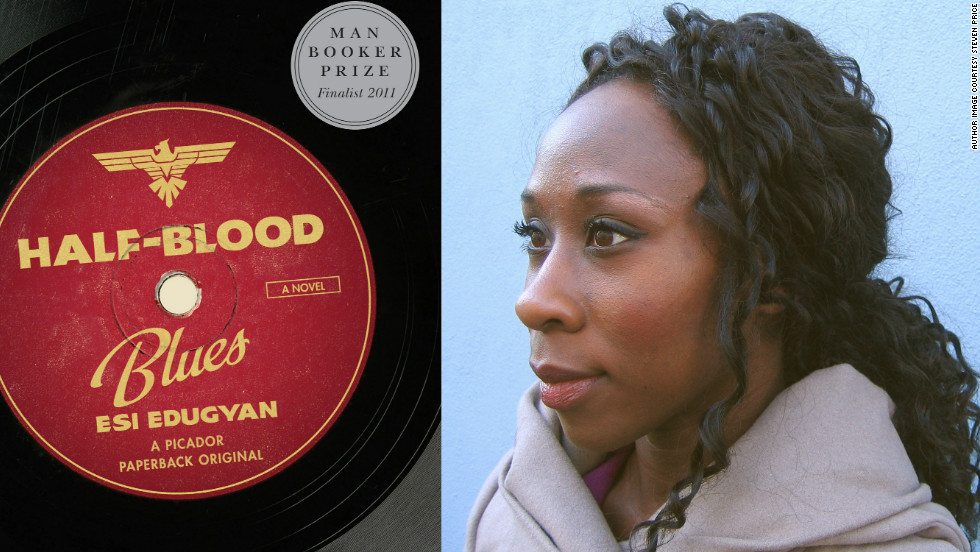 Esi Edugyan (right). Image Courtesy : Google Images
Esi Edugyan (right). Image Courtesy : Google Images
Intro : This is the third of the unofficial series of Booker Nominee Reviews that I have been doing. Continuing from The Sense of An Ending (review) and Snowdrops (review), here is the third one.
Synopsis :
Berlin, 1939. The Hot Time Swingers, a popular jazz band, has been forbidden to play by the Nazis. Their young trumpet-player Hieronymus Falk, declared a musical genius by none other than Louis Armstrong, is arrested in a Paris café. He is never heard from again. He was twenty years old, a German citizen. And he was black.
Berlin, 1992. Falk is a jazz legend. Hot Time Swingers band members Sid Griffiths and Chip Jones, both African Americans from Baltimore, have appeared in a documentary about Falk. When they are invited to attend the film’s premier, Sid’s role in Falk’s fate will be questioned and the two old musicians set off on a surprising and strange journey.
From the smoky bars of pre-war Berlin to the salons of Paris, Sid leads the reader through a fascinating, little-known world as he describes the friendships, love affairs and treacheries that led to Falk’s incarceration in Sachsenhausen. Half-Blood Blues is a story about music and race, love and loyalty, and the sacrifices we ask of ourselves, and demand of others, in the name of art.
Review :
The centre of the story, the narrator, is Sidney “Sid” Griffiths, a Baltimore native who is fluent in German. His group is called “The Hot-Time Swingers.” Their Jazz is all the rage in Berlin and across Europe in 1939, before the War breaks out. Half-Blood Blues (HBB) is the name of their last record, the one that made them immortal. And in their band is a guy who later came to be known as one of the greatest Jazz musicians ever, Hieronymus “Hiero” Falk, a Mischling or mixed-race German kid. The kid is arrested in a German cafe when he is out to have milk in the early hours one morning. Sid is with him but he isn’t caught. From that incident, we go forward and backward in time to a heart-wrenching, intimate climax.
“Wasn’t that my fear left me, it was still there. But a jack just worry and worry and worry, then it dies out in him. Guilt don’t enter into it. I guess folk just ain’t built to be faithful to nothing, not even to pain. Not even when it their own.”
The novel shines a light on Jazz music in 30s Europe and, more specifically, Nazi Germany. I had no idea about this. The author has named the books she referred to for this info in the bibliography. Black people, the way they were discriminated and persecuted during WWII, isn’t something we usually come across in popular media. This book gives us a peek into that populace. And, of course, their music.
“Then there was some ruined old fool up there, his dour mug peering out at us. And then I saw with shock that the fool was me.”
Among all the black characters in the book, Sid has the lightest skin tone, almost like a white guy. The book is told in the first-person narrative by Sid and the writer, Ms. Esi Edugyan, has used American slang as her language of choice.
“But the few jacks and janes here made such a haze with their cigarettes it was like wading through cobwebs.”
I found it to be like the way black people are shown talking in Hollywood movies. It was an odd choice but kind of fit in with the characters and their lives. So there are some weird words and grammatical anomalies, like the use of “a” before words beginning with a vowel.
And all a sudden I could feel this lightness coursing through me, this real soft excitement. Like a echo of something I felt once, in another lifetime.
Despite this, though, the book draws you in and hooks you. Divided in 6 parts, it has a central premise and it largely sticks to that, resulting in an emotionally-fulfilling read, as befits a book that was shortlisted for one of the most prestigious awards. But why largely? That’s because about halfway in, it becomes clunky. I found it immensely difficult to go through some of the middle chapters, not because of some graphic content (there isn’t any here) but simply because it somehow felt distracting from the main plot, like I was wading through a swamp. It took me days to cross from the third to the fifth part. But, of course I stuck to it, because I was invested in the characters, and I wanted to know how Ms. Edugyan finished the story. Full marks to her for that. The characters are flawed, some more so than the others. But they show us how we respond to crisis, how we betray our loved ones, how we pay for our mistakes and how we sometimes care for others, people who have no relations whatsoever to us. And the text, oh it’s gorgeous in spades! Some of the writing is so beautiful I couldn’t stop marvelling at it.
“Firelight was shining on the wet streets, the hose water running into the drains. Here and there, I seen teeth glowing like opals on the black cobblestones.”
There is a central mystery at the core of the novel and through it, the author examines the themes of guilt, brotherhood, bonhomie, love, jealousy, fear and anger. Ultimately, it is a story about friends, about music and about how our response to situations shape us.
Verdict : Half-Blood Blues is a stunning, if slightly unevenly-paced, work of art that successfully exhilarates us as well as brings us to tears, like the best of music can.
Genre : Fiction, Historical Fiction, Drama, Music, War Drama, Nonlinear Fiction
Rating : ⭐⭐⭐⭐
Have you read Half-Blood Blues? What did you like about it the most? Do tell me in the comments section.
Thanks for reading.
P.S. – I teamed up with Sona again to read and review this book concurrently. Here’s the link to her wonderful review. Do check it out.
Advertisements Share this:- Share
